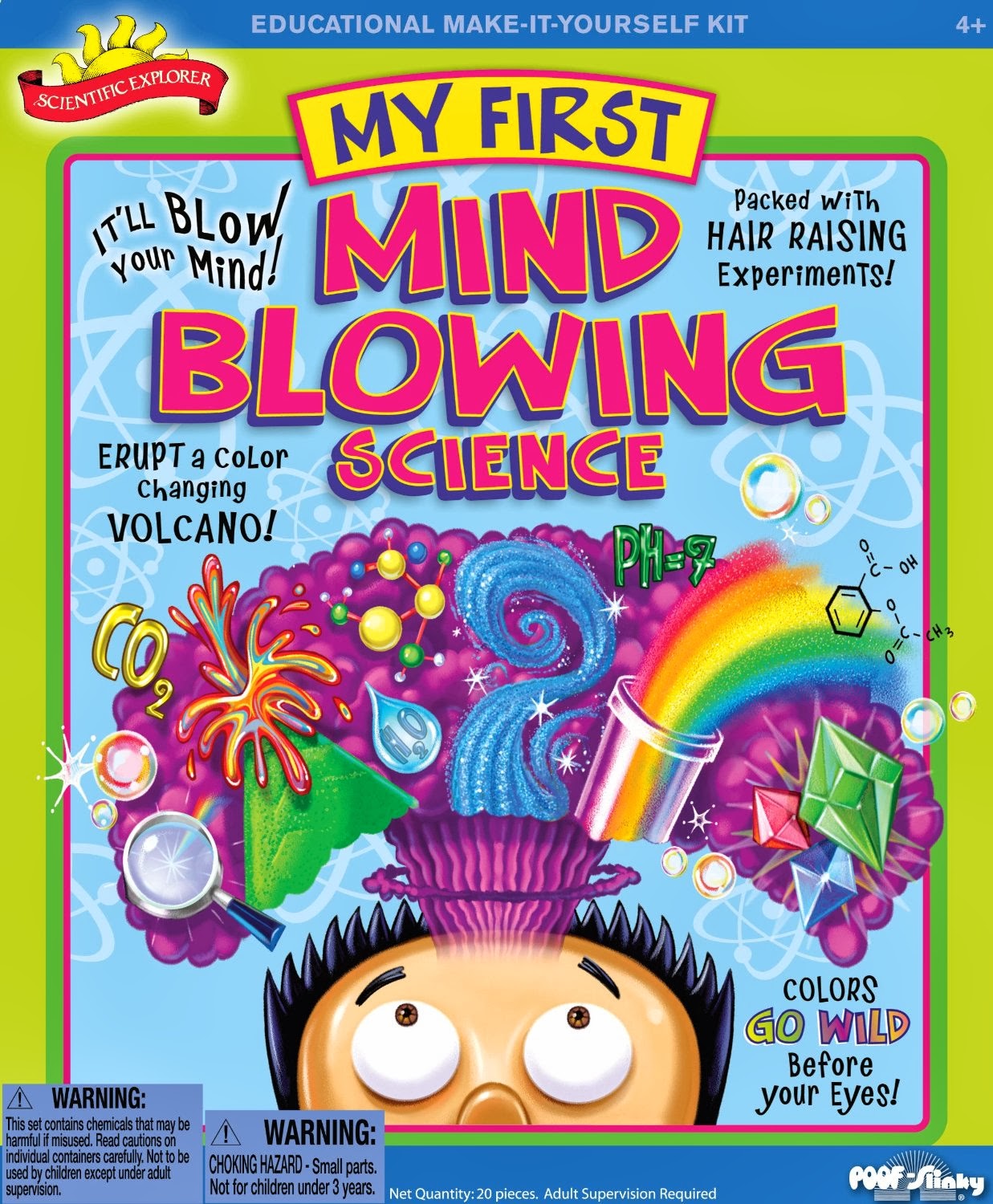Do you
know what soil really is? Do you know how soil is actually formed?
Well
today that is what we are going to look at.
today that is what we are going to look at.
Soil is
formed by decaying vegetable matter, mineral grains and pieces of
rocks. We are going to have a look at the part that earthworms play
in the decomposition process.
Other
forms of decay that plays a role are:
- Weathering, a process where rocks are broken down.
- Chemical weathering where minerals are dissolved by water.
- Physical weathering caused by burrowing animals.
- Attrition is a physical weathering that happens when wind-blown particles rub against each other.
For fun
you can try and think of ways to turn the above into a science fair
project.
Now for
our project where we are going to examine what soil is made up of.
This is
what you will need:
- 1 Large plastic bottle
- 1 Small plastic bottle
- Scissors
- 6 Earth worms (you may have to go digging for them! Ask an adult to help you.)
- Some rotting leaves
- A piece of black paper
- Sticky tape
This is
what you have to do:
- First you have to cut the top of, of the large bottle.
- Now you have to place the small bottle inside the large one. You have to make very sure that the gap between the two bottles is evenly spaced right around the small bottle.
- Now you have to fill the gap with layers of soil and sand up to about 2inches from the top.
- Press the soil down lightly.
- The earth worms need to be handled very gently. Place them on top of the soil.
- Now you have to cover the earthworms with the rotting leaves.
- Cover the bottle with the piece of black paper.
- Remember that you have to keep the soil moist at all times. If the soil dries out the earth worms will die.
- Now you have to wait for a few days.
- After a few days, remove the paper and see how the worms have tunneled away from the light into the soil and how they have dragged the leaves into their burrows.
Try and
explain why you think this is important. How do the worms tunneling
into the soil help with enriching the soil?
For this
project you need to read up on the theory that you are trying to
illustrate with your experiment. You should not have any problems
with finding the information.






